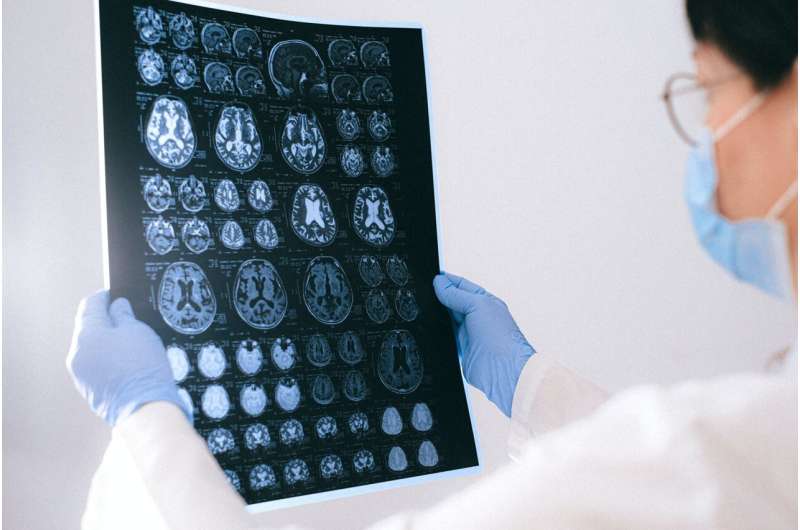Innovative Liver Organoid Model Recreates Complex Liver Structure

Scientists have developed a new liver organoid model that accurately replicates the organ's complex cellular architecture, enabling detailed study of liver functions and diseases in the lab.
Recent advancements have led to the development of a comprehensive liver model that accurately mirrors the intricate architecture of the organ. This breakthrough, introduced by researchers at the Max Planck Institute of Molecular Cell Biology and Genetics, focuses on recreating the liver's periportal region, a crucial area responsible for bile transport. Traditional models often fell short in imitating the liver’s cellular complexity, particularly lacking in true representation of the interactions among hepatocytes, cholangiocytes, and mesenchymal cells.
The new model, termed the "periportal assembloid," integrates multiple liver cell types in a stepwise process, akin to assembling with LEGO blocks. It includes adult cholangiocytes, mesenchymal cells, and notably, hepatocytes—the primary functional cells of the liver—allowing for a realistic simulation of bile flow and cellular interactions. This technological feat enables the study of liver functions such as bile transport and disease mechanisms, including cholestatic injury and biliary fibrosis.
By adjusting the number of mesenchymal cells, researchers can induce responses similar to liver fibrosis, facilitating the study of gene roles in liver disease. Advanced topological data analysis further helps classify the shapes of these assembloids, correlating their structure with functional performance over time.
The implications of this research are significant, as it paves the way for more physiologically relevant models for drug testing and disease studies. The modular design of the liver assembloid allows for easier handling and manipulation in the laboratory, providing a versatile platform for future research. Although current models lack some cell types like endothelium and immune cells, this breakthrough marks a substantial step toward more comprehensive and accurate liver disease simulation.
In conclusion, this innovative all-in-one liver model offers a powerful tool for understanding liver biology, disease pathways, and therapeutic development, with the potential to improve from existing 2D cultures to sophisticated 3D systems, ultimately enhancing translational research and patient care. Source: https://medicalxpress.com/news/2025-05-reconstructs-complex-liver-architecture.html
Stay Updated with Mia's Feed
Get the latest health & wellness insights delivered straight to your inbox.
Related Articles
Inactivating Key Pathways Enhances Immune Response Against Cancer
Disabling specific genes like CDK12 and CDK13 can activate immune pathways, improve T cell responses, and enhance the effectiveness of cancer immunotherapy efforts, offering new hope for overcoming treatment resistance.
Exercise and Physical Activity Reduce Risk of Overactive Bladder in Adults
Maintaining an active lifestyle can significantly lower the risk of developing overactive bladder in adults, according to recent research. Explore how physical activity supports bladder health.
Potential Risks of Erythritol: How a Popular Sweetener Might Harm Brain Defense Mechanisms
Emerging research suggests that erythritol, a common sugar substitute, may damage the blood-brain barrier and impair cardiovascular health, raising concerns about its widespread use in diet products. Learn more about the potential risks associated with this popular sweetener.



